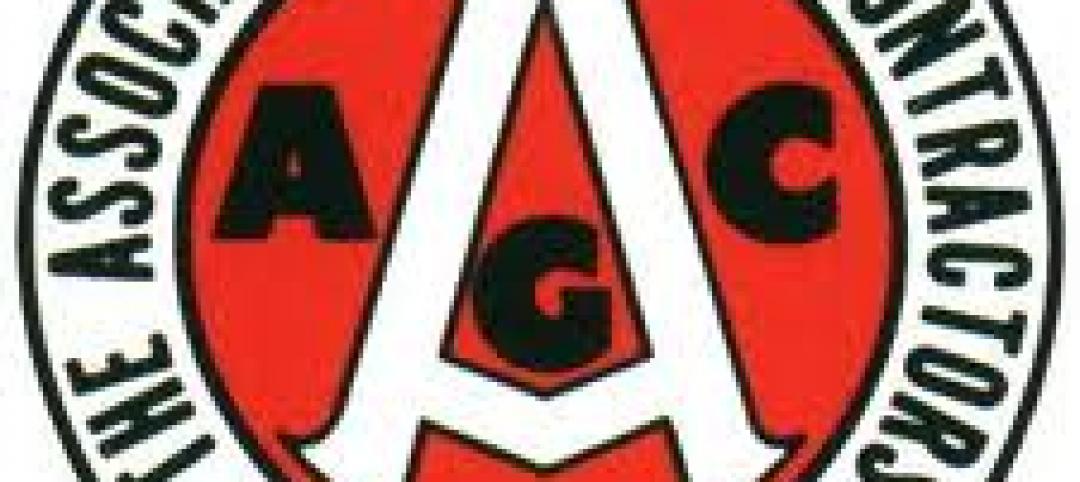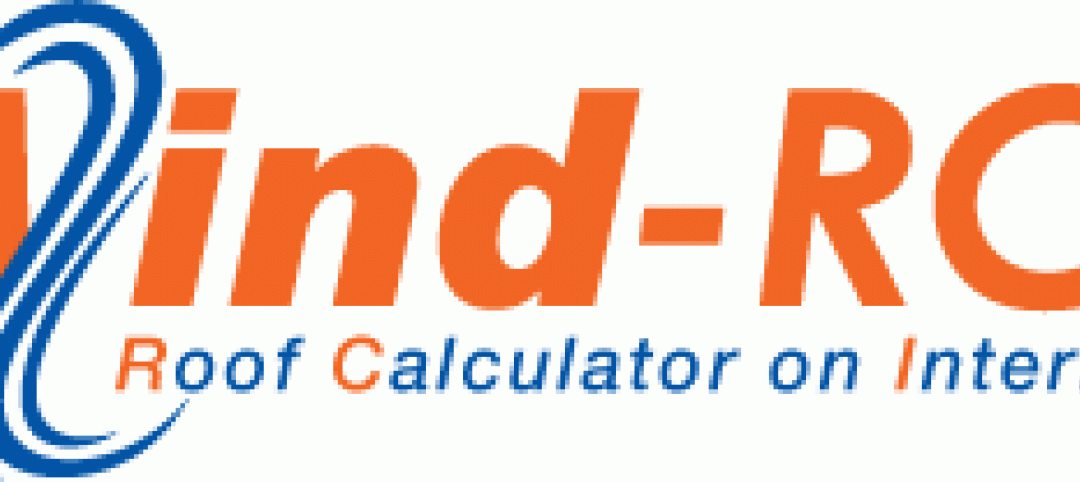A new report by the Council on Tall Buildings and Urban Habitat (CTBUH) investigates the potential for rope-less and multidirectional elevator cabins for high-rise buildings.
The technology runs on a series of seamless loops, powered by magnetic levitation. These rope-less and multidirectional elevator cabins could follow multiple routes within a given building.
This would reduce the number of shafts needed and increase rentable area, while also allowing elevators more options in terms of where they stop across a building’s dimensions. This technology could be paired with skybridges and skyspaces to link communities together at height.
This concept could bolster “the critical link between a piece of architecture and the urban sphere, while combating some of the insularity endemic to skyscrapers,” according to CTBUH. The report is the result of two years of research by the CTBUH Research Office in Venice, CTBUH staff, professionals in the field, and a research team of architecture and supporting academic advisors. It is part of a series of research reports that offer insight into specific areas of skyscraper research.
Related Stories
| Feb 17, 2012
AGC advocates for federal procurement reform
Ensure that small business goals take into consideration actual small business capacity in relevant specialty markets.
| Feb 17, 2012
Codes not to blame for Anchorage roof collapses following heavy snows
Design or construction problems likely contributed to the collapses, according to city officials.
| Feb 17, 2012
Comment period opens March 1 for LEED 2012 update
USGBC says that LEED's strength comes from its continuous evolution.
| Feb 17, 2012
OSHA training videos on proper respirator use available online
17 short videos to help workers learn about the proper use of respirators on the job.
| Feb 17, 2012
Union/employer collaboration on the rise aimed at exceeding OSHA safety standards
Unions have learned to help employers win contracts with bids made competitive through good safety practices.
| Feb 16, 2012
Gain greater agility and profitability with ArchiCAD BIM software
White paper was written with the sole purpose of providing accurate, reliable information about critical issues related to BIM and what ArchiCAD with advanced technology such as the GRAPHISOFT BIM Server provide as an answer to address these issues.
| Feb 9, 2012
Initiative to sell off under-used federal property gaining momentum
The bill is similar to a White House planto cut $8 billion worth of building costs by the end of the 2012 fiscal year, and to establish a panel to identify other sites worth selling or donating to nonprofits or state and local governments.
| Feb 9, 2012
Computer tool helps engineers design roof cladding using Canada's building code
Easier to design roof cladding that can withstand winds in a given area.
| Feb 9, 2012
Webinar focuses on lessons learned from LEED-certified industrial project
This case study will focus on strategies used to save the client money, achieve certification, and effectively market success once the project was complete.
















